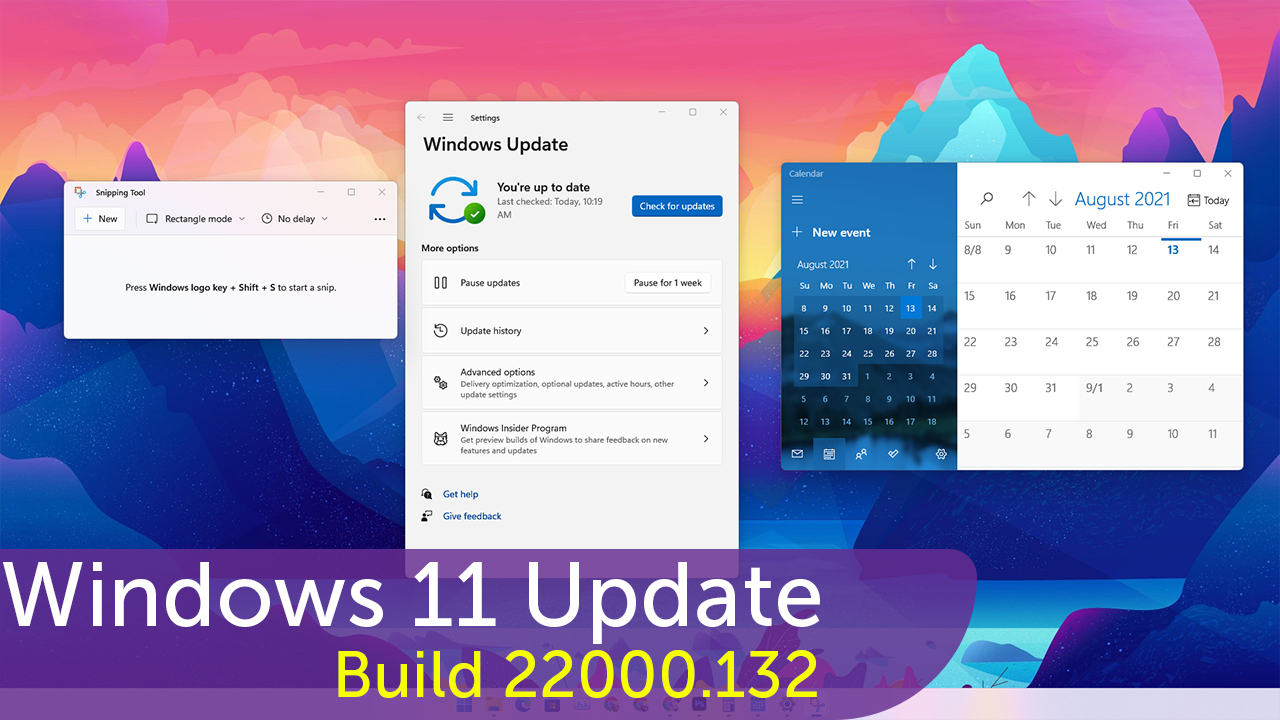
(This was recently showcased at Michael Niehaus’ technology blog, Out of Office Hours, where he found that Windows Server 2022 needed a recent cumulative update installed to fix several bugs.) From operating systems to Internet of Things devices, everything needs an immediate update to function as advertised. Eligible Windows 10 devices must be on version 2004 or later, and have installed the Septemsecurity update or later, to upgrade directly to Windows 11.With software these days, everything you purchase ships with an unfinished product behind the virtual shrink wrap. Once the upgrade is ready for your device, you will see the option to download and install. If you have an eligible device, open Windows Update Settings and select Check for updates. If you are using Windows 10, you can determine if your device is eligible for the upgrade using the PC Health Check app or checking Windows 11 specs, features, and computer requirements. Windows 10 customers may use the PC Health Check application or third-party apps, such as Windows 11 Requirements Check Tool or to determine whether a device is compatible with Microsoft's Windows 11 operating system. Based on this trend, we are advancing the pace of the rollout faster than we originally announced and entering the final phase of availability for Windows 11 ahead of our initial plan of mid-2022. Since the launch of Windows 11 in October, we have seen strong demand and preference for Windows 11 with people upgrading their eligible PCs at twice the rate we saw for Windows 10. The upgrade offer to Windows 11 is entering its final phase of availability and is designated for broad deployment for eligible devices*.

Now, Microsoft believes that it can complete the rollout to all eligible devices earlier than expected, as devices are upgraded at "twice the rate" the company saw for Windows 10.


 0 kommentar(er)
0 kommentar(er)
